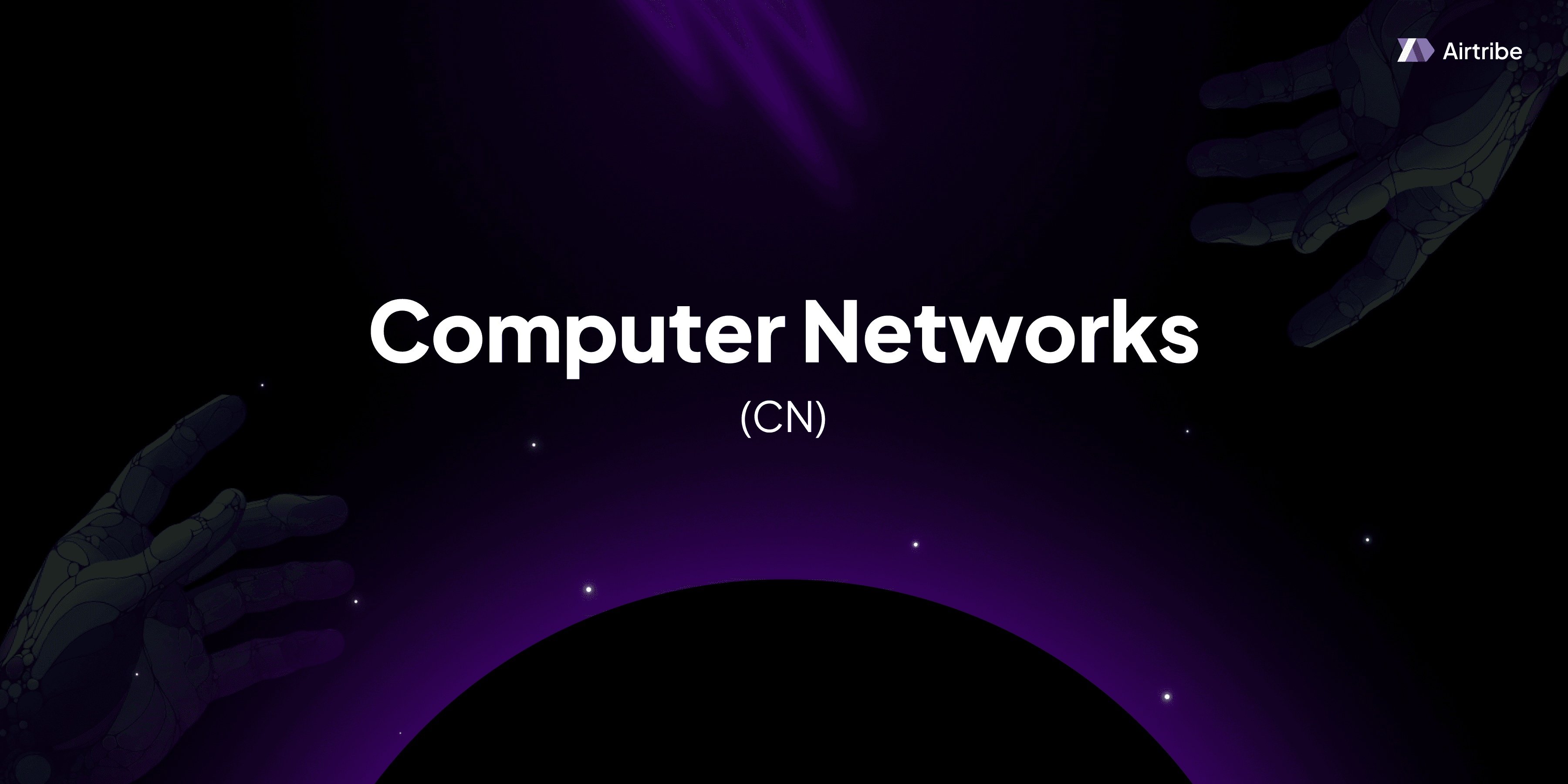Layers of OSI model

Understanding the Layers of the OSI Model
In computer networks, the OSI (Open Systems Interconnection) model is a conceptual framework used to understand and implement standard protocols in telecommunications and computer networking. Introduced by the International Organization for Standardization (ISO) in the late 1970s, it enables diverse communication systems to communicate using standard protocols. Let's delve into the core concepts, applications, and intricacies of the OSI model, focusing on its seven layers.
Core Concepts of the OSI Model
The OSI model comprises seven distinct layers, each with specific functions:
- Physical Layer
- Data Link Layer
- Network Layer
- Transport Layer
- Session Layer
- Presentation Layer
- Application Layer
These layers can be visualized as building blocks, where each layer serves the layer above it and is served by the layer below it. They play a critical role in data transmission from the source to the destination across diverse network architectures.
1. Physical Layer
- Purpose: Responsible for the physical connection of devices.
- Functions: Handles the transmission and reception of raw binary data over a physical medium. It includes specifications for devices, transmission media, and technologies like voltage levels, timing of voltage changes, and data rates.
- Examples: Ethernet cables, optical fibers, radio frequencies.
2. Data Link Layer
- Purpose: Ensures error-free data transfer between adjacent network nodes.
- Functions: Provides framing, addressing, and error detection/correction. It is subdivided into two sub-layers: Logical Link Control (LLC) and Media Access Control (MAC).
- Examples: MAC addresses, switches, and bridges.
3. Network Layer
- Purpose: Manages data transfer between devices over different networks.
- Functions: Responsible for logical addressing, routing, and packet forwarding.
- Examples: IP addresses, routers, and routing protocols like OSPF, BGP.
4. Transport Layer
- Purpose: Ensures complete data transfer.
- Functions: Provides end-to-end communication services with mechanisms for error recovery and flow control. It's responsible for segmenting data from the application layer.
- Examples: TCP (Transmission Control Protocol), UDP (User Datagram Protocol).
5. Session Layer
- Purpose: Manages sessions between applications.
- Functions: Establishes, maintains, and terminates connections. It handles session checkpoints and recovery.
- Examples: APIs used in video conferencing applications.
6. Presentation Layer
- Purpose: Translates data between application and network formats.
- Functions: Handles data encryption, compression, translation (character encoding), and presentation.
- Examples: SSL/TLS encryption, data format transformations (ASCII, EBCDIC).
7. Application Layer
- Purpose: Provides network services directly to end-user applications.
- Functions: Supports application services like email, file transfer, and web browsing. It identifies communication partners and synchronizes communication.
- Examples: HTTP, FTP, SMTP, and DNS.
Practical Applications of the OSI Model
The OSI model serves as a guide for understanding network interactions in computing environments:
- Network Troubleshooting: It provides a systematic approach to diagnose network problems, identifying which layer is causing issues.
- Protocol Development: Designing network protocols often refers to OSI specifications to ensure interoperability across systems and technologies.
- Educational Tool: Serves as an educational framework for teaching and understanding network architectures and data flow.
Additional Resources and References
For further in-depth study and practical applications of the OSI model, consider exploring the following resources:
- RFC 1122: Requirements for Internet Hosts - Communication Layers
- Cisco Networking Academy Resources
- "Computer Networks" by Andrew S. Tanenbaum – A seminal book covering network architectures, including the OSI model
Summary
The OSI model is fundamental in the field of computer networks, serving as both a theoretical and practical framework. Understanding its layers provides a deep insight into how network communication is structured and managed, ensuring reliable and standardized data exchange. Through its layered architecture, the OSI model continues to be a pivotal element in the design and operation of modern networks.


